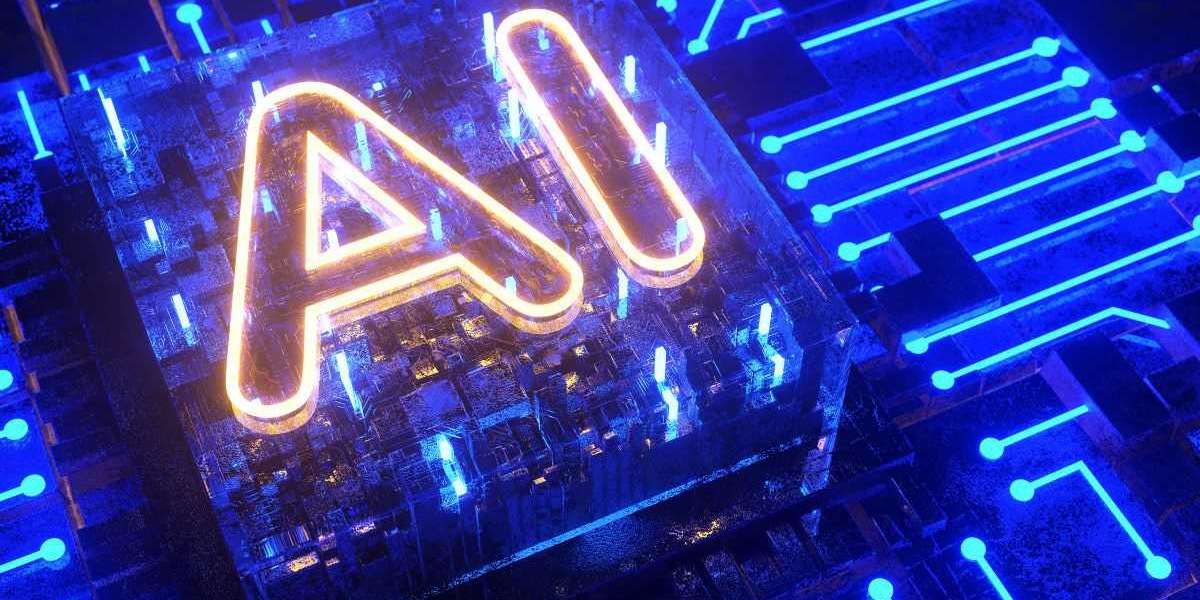To get a handle on all this innovation, let's take a look at where it's led us so far.
AI researchers are now able to teach a computer to read and understand pictures like a human
Researchers from China's Peking University have developed an algorithm that is able to teach a computer to distinguish between images and accurately identify objects within them.
After analyzing data sets containing tens of thousands of photographs, the software was able to attain a success rate of 80% when correctly identifying subjects depicted within them.
And with additional training, you could expect accuracy rates to steadily rise as it becomes more proficient at recognizing its environment.
A familiar face: Our new 3D model of Albert Einstein's head
Introducing our next innovation: a 3D print of Albert Einstein's head! This captivatingly lifelike rendition is based on a photograph that was taken at his passing in 1955 and then meticulously adjusted by an experienced sculptor over the course of three months.
From intricate details such as the wrinkling or creasing across the forehead to subtle indicators of expression such as upturned lips or shut eyes; this recreation depicts its subject with unparalleled accuracy.
Scientific American has described Einstein's enduring fame as an "unbeatable example" for future artificial intelligence researchers, and their efforts have resulted in a stirring tribute from renowned designer NVIDIA – one that renders him as a three-dimensional gemstone.
Infusing AI inspiration with life-like realism is one of NVIDIA's most ambitious contributions yet to this project, but you can also turn it into something elaborate if you wish. Start by downloading your own copy of the printer model which can then be recolored in any shade of metallic gold chosen by your imagination!
A kitchen
With the help of AI technology, we are one step closer to creating fully automated environments in which humans won't even be needed!
Researchers at MIT have developed a platform that allows for creating customized kitchens. They have devised this ingenious design with the goal of providing both accessibility and flexibility for individuals with disabilities - allowing them greater independence.
The system utilizes an algorithm called Q-Net, which was created specifically to assist those who suffer from diminished capabilities due to their age or infirmity – providing them with a seamless experience when cooking.
like you've never seen one before
When a team of scientists at Google Research published their findings on creating an AI that could distinguish between real and fake images, the results were nothing short of extraordinary!
Publishing their research findings in Nature Communications, researchers led by Rui Fang from Google Research described how they optimized an AI to produce realistic-looking synthetic images.
After training it with more than one million images, the algorithm reached a staggering level of accuracy - able to confidently place images into various categories, including photographs or paintings based solely on visual cues such as style and coloration. Furthermore, it was capable of matching up similar photos from different sources with remarkable precision – highlighting its potential reach across diverse fields!
With technology like this, sculptors could take advantage of artificial intelligence to generate artworks without having to employ human models. Artists could use algorithms in this way as well - allowing them to create works faster and more efficiently; however, there is no denying that the human touch provides an undeniable aesthetic quality that cannot be replicated through mere machine learning alone!
You'll feel as if you were there: The secrets hidden in plants' DNA
Scientists have recently harnessed the power of genomics to create a map of the entire genome of an orchid. Talk about breathtaking!
Scientists are increasingly becoming savants at extracting and analyzing information from genomes; they possess the ability to draw up knowledge-dense maps of nucleotide sequence, facilitating deep dives into their components' function in organisms - such as humans.
It turns out that an orchid's genome actually resembles that of mammalian ones - even sharing duplicated regions with our own DNA. This discovery provides further insight into how both plants and animals came about on this planet!
The next big step in cancer treatment is just around the corner
As of now, doctors are still seeking for ways to effectively treat cancerous tumors. However, researchers have recently made significant strides in this regard with a revolutionary pre-clinical trial success that promises a radical change in the way this affliction is combated!
Uncovering new treatment options for cancerous tumors remains one of the biggest challenges facing physicians across the globe. Despite progress being made on an array of fronts from early detection to new drug regimens - what we need most is an effective cure: for this purpose it's paramount that every possible effort be made towards finding alternatives for traditional medicines such as chemotherapy and radiation therapy.
Scientists at the University of Pittsburgh School of Medicine were able to successfully create miniature 'simulants' of four types of human cancers in mice by introducing genetic mutations into their cells. Then they employed these models to conduct experiments where they could safely gauge how well different treatments effected these tumours with relative ease and efficiency; eventually discovering which ones proved most effective in bringing about remission when compared against those that yielded no improvement whatsoever!
The world's first robotic prosthetic hand
With the assistance of machine learning, researchers at Johns Hopkins School of Medicine have developed a robotic prosthetic hand that can provide amputees with agency over their movements.
In fact, this handheld device is designed to augment rather than replace human capabilities; it's designed to complement existing prostheses and enable users to gain greater control over their lives with useful function.
With its intuitive design and innovative controls, the robotic prosthetic hand offers an opportunity for individuals who possess no residual limb to regain control of their actions. In a recent experiment conducted by researchers from Johns Hopkins' Applied Physics Lab (APL), they were able to successfully demonstrate such functionality!
Conclusion
The potential of AI is truly staggering and it's only a matter of time before we see its impact on our lives. Even if you're skeptical about its capabilities, there's no doubt that AI will have an impact on all aspects of business - from creating new products and services to improving existing ones.
AI is poised to revolutionize the world of business – and it's only a matter of time before we see its impact on all aspects of life! For now, let's enjoy what this groundbreaking research has to offer; there's plenty for everyone!








